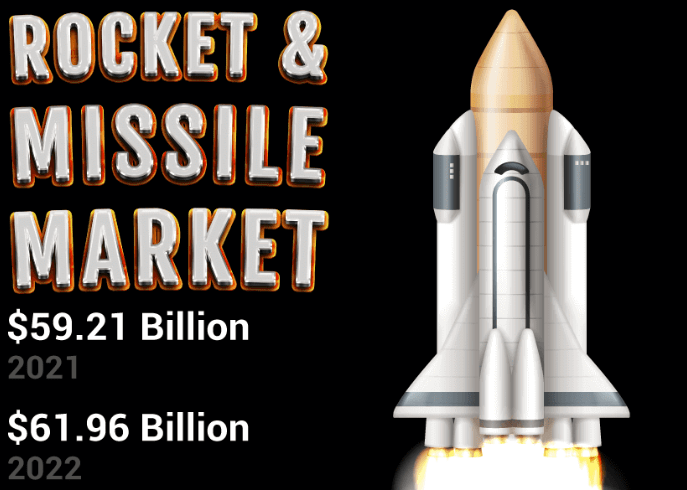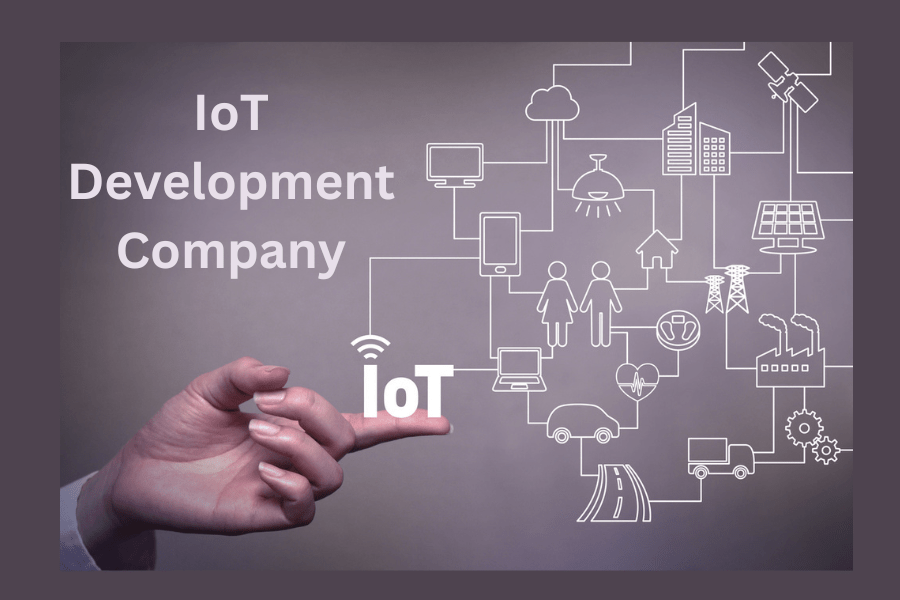The advancement of wireless communication tech news has spurred continuous improvement in network speed, latency, and overall performance. With 5G being deployed globally, there is already a race towards developing the next generation of wireless connectivity: 6G. Here’s a comparison of 5G and 6G, as well as the potential implications of these technologies for the future:
Speed:
5G networks offer peak data rates of up to 20 Gbps, which is significantly faster than 4G’s 1 Gbps. This enables smoother streaming, faster downloads, and improved performance in densely populated areas. 6G, on the other hand, aims to reach speeds of 100 Gbps or more, further enhancing data transmission and enabling new applications.
Latency:
5G has significantly reduced latency to about 1 millisecond (ms), compared to 4G’s 30-50 ms. This improvement enables real-time communication and allows for critical applications, such as autonomous vehicles and remote surgery. 6G is expected to push latency down to the sub-millisecond level, further improving real-time responsiveness.
Connectivity and Network Density:
5G networks are designed to handle a higher number of connected devices simultaneously. This is crucial for the Internet of Things (IoT), smart cities, and other applications with massive device connectivity. 6G will push this even further, supporting a higher density of devices and ensuring seamless connectivity in challenging environments.
Spectrum Utilization:
5G networks operate in a wider range of frequency bands, including the millimeter-wave spectrum, which allows for higher data rates and increased capacity. 6G is expected to explore even higher frequency bands, such as the terahertz spectrum, unlocking additional bandwidth and enabling new use cases.
Technology and Applications:
5G technology enables a wide range of applications, including IoT, smart cities, virtual and augmented reality (VR/AR), and Industry 4.0. 6G will take this to the next level, with advanced applications such as holographic communication, artificial intelligence (AI) integration, and more immersive VR/AR experiences.
Energy Efficiency and Sustainability:
While 5G networks are more energy-efficient than their predecessors, 6G aims to further improve energy efficiency and sustainability, reducing the environmental impact of wireless communication.
Timeline:
5G deployment began in 2019 and continues to expand globally. 6G, on the other hand, is still in the research and development phase, with widespread deployment expected around 2030.
In conclusion, the race for faster wireless connectivity is shaping the future of technology and communication. While 5G is revolutionizing industries and enabling new applications, 6G aims to push the boundaries even further, unlocking unprecedented capabilities and redefining how we interact with tech news. The transition from 5G to 6G will likely involve significant research, development, and infrastructure investments, as well as collaboration among industry players, governments, and research institutions to ensure a seamless and secure transition.
















